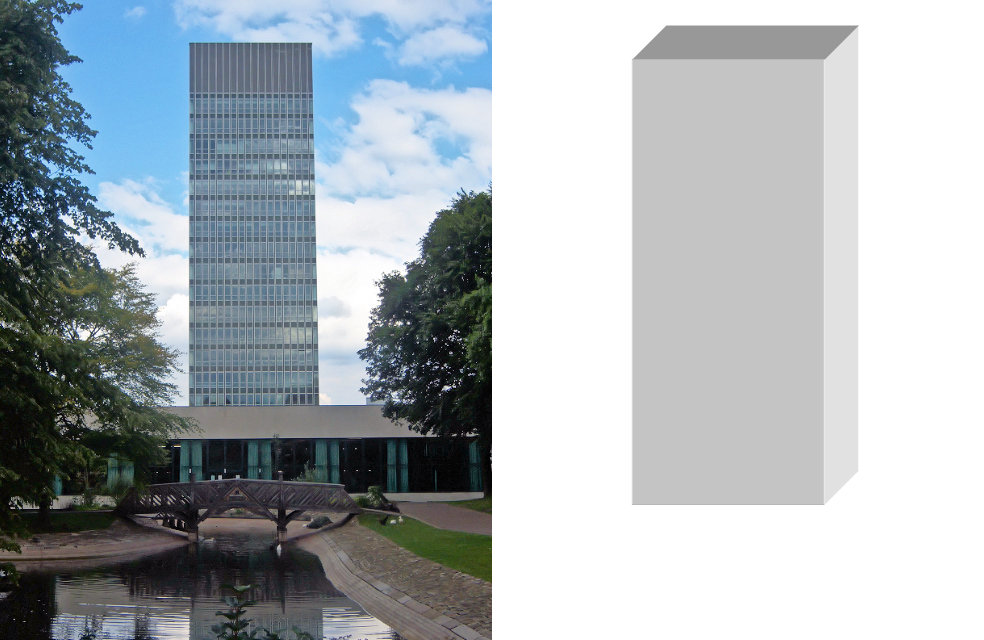Massing in architectural


Massing is a term in architecture which refers to the perception of the general shape and form as well as size of a building.
Architectural theory
Massing refers to the structure in three dimensions (form), not just its outline from a single perspective (shape). Massing influences the sense of space which the building encloses, and helps to define both the interior space and the exterior shape of the building. The creation of massing, and changes to it, may be additive (accumulating or repeating masses) or subtractive (creating spaces or voids in a mass by removing parts of it). Massing can also be significantly altered by the materials used for the building’s exterior, as transparent or layered materials are perceived differently.
It is widely accepted that architectural design begins by studying massing. From a distance, massing, more than any architectural detail, is what creates the most impact on the eye. Architectural details or ornaments serve to reinforce massing. Because it has a direct relation to the visual impact a building makes, massing is one of the most important architectural design considerations.
Some architectural styles are closely associated with massing. For example, the Prairie School is always low and horizontal, while the Gothic style emphasizes verticality and Georgian architecture focuses on solidity and a sense of permanence.
Source From Wikipedia